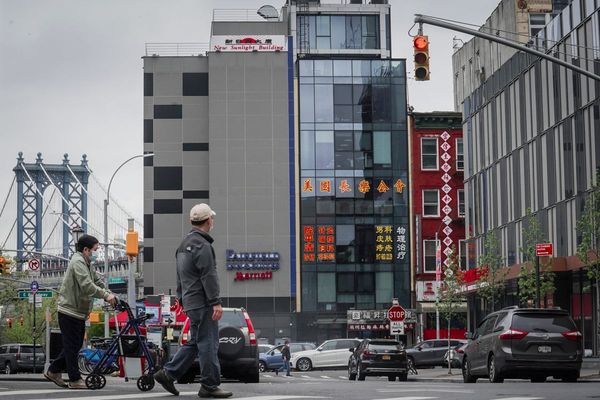
One of the biggest problems for Scott Morrison’s reelection campaign has been his inability to turn the campaign to issues favourable to himself and the Liberals. And it’s gotten significantly worse over the last week, Crikey’s latest data from Isentia shows.
In the seven days to Wednesday this week, only two of the top 15 issues in election coverage were favourable to the Coalition. The rest either break both ways, or favour Labor. The dominant issue, of course, was cost of living, which has increasingly become a Labor issue as inflation and interest rates have become centrepieces of campaign debate.
The second biggest issue, of course, was wages. Labor must be unable to believe its luck that — allegedly as the result of an accident — days of the campaign were given over to the simple framing that Labor wants low-paid workers to get a pay rise and Scott Morrison — backed by the media — doesn’t.
Other, guaranteed pro-Labor issues like NDIS, aged care, childcare and climate all continue to feature in coverage — a kind of background hum that keeps the government from switching the narrative to a strong economy and national security.

The week also saw Anthony Albanese secure parity with Morrison in terms of coverage — something he struggled with early in the campaign and particularly while in lockdown. That reflects two leaders debates during the period, but also the sense that Albanese is now the alternate prime minister more than an opposition leader.
Isentia’s data shows Treasurer Josh Frydenberg, primarily as a result of his desperate battle to hold on against independent Monique Ryan in Kooyong, was the third-most covered figure — Labor’s opposition treasurer Jim Chalmers, after a high profile the previous week, has slipped down the list of most covered politicians. Unfortunately for the Liberals, Malcolm Turnbull was the next highest-profile figure after Frydenberg, while Katherine Deves continued to pursue the limelight, maintaining her role of generating a near-constant transphobic buzz for the Liberals in Sydney.
Ryan lifted her level of coverage to its highest level yet against Frydenberg. As Isentia noted, “the Frydenberg campaign would undoubtedly be uncomfortable with the way Ryan has garnered such publicity, and perhaps would reconsider their media strategy given it has only contributed to her name recognition”. The News Corp and Liberal campaigns against Ryan and other teal independents have only served to boost their name recognition and award them de facto opposition status.
In Wentworth, independent Allegra Spender actually had more coverage than Liberal incumbent Dave Sharma, by a narrow margin, for the first time in the campaign. In Boothby in South Australia, for the second week in a row, independent Jo Dyer dominated her rivals in terms of coverage.
Isentia’s clever way of plotting what topics the leaders addressed in debates shows a striking contrast between the debates on Nine and Seven. In the brawling, poorly managed Nine debate, while Albanese and Morrison still hammered their preferred points, both were forced to talk about issues their opponent wanted to discuss. For example, Albanese had to talk about national security more than an integrity commission or cost of living, while Morrison was forced to talk about health care and interest rates nearly as much as economic management.
The Seven debate, in contrast, was a reversion to form, with the graph of the leaders’ topics returning from the Nine cluster to the L-shape of the first debate, in which the leaders stuck to their preferred topics. Indeed, moderator Mark Riley sarcastically complimented Morrison on “smashing out the talking points” after a particularly rapid and lengthy iteration of factoids and key messages from the prime minister at the start. Maybe a shambolic free-for-all is the best format for a debate to see leaders pushed outside their comfort zones.







